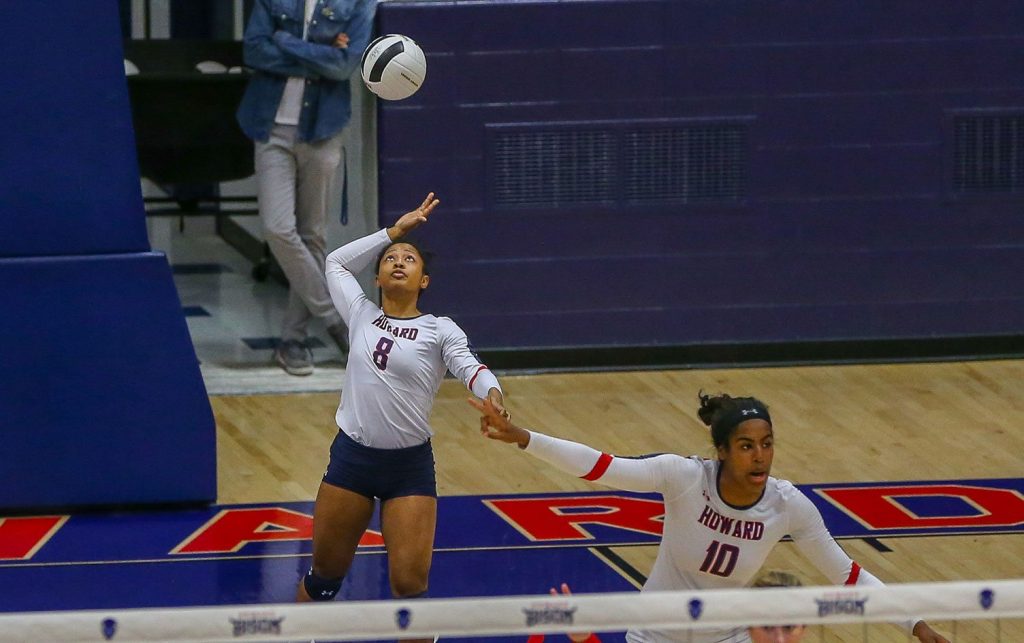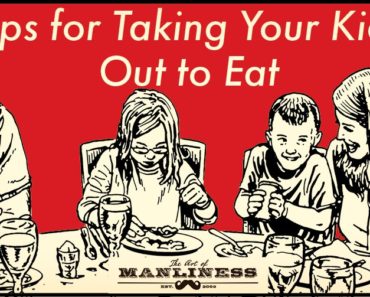
In fifth grade, I watched a volleyball movie called “All You’ve Got,” and I was hooked. I didn’t start playing on an actual team until my freshmen year of high school because the middle school I went to didn’t have a volleyball team. My patience paid off. I love playing volleyball because it gives me an unparalleled rush every time I step on the court, and I’ve met so many amazing people in the sport. Looking back on the seven years I’ve played (so far), I can say volleyball has helped me step outside of my comfort zone and grow physically, mentally and emotionally. This is huge considering watching Adrienne Bailon and Ciara pretend to play volleyball in a movie was what sparked my passion.
When many people think of volleyball, they picture a slender 6-foot-3 woman competing in the Olympics or on the beach. But in reality, volleyball requires heart over height. I’m 5-3 and play collegiate volleyball as a defensive specialist for Howard, a Division I school in Washington, D.C. My days revolve around class and volleyball — but I’d be lying if I said I haven’t dreamed of being a few inches taller. So what’s a typical day in my life like during volleyball season? Here’s a look:
6 A.M. — PRACTICE
During the spring season, my day starts with a two-hour team practice at 6 a.m. Once my body gets used to getting up at that time, I can usually just roll out of bed. At practice, we run through various position-specific drills and complete a team scrimmage toward the end.
8 A.M. — STRENGTH AND MOBILITY TRAINING
After practice, I hit the weight room for an hour. My workout is composed of mobility exercises like walking lunges, ankle glides, terminal knee extensions, preventative measures for my rotator cuffs, leg exercises like back and front squats, deadlifts, step-ups and a series of Olympic lifts.
9 A.M. — REFUEL
After lifting, I normally eat a light breakfast, like plain yogurt, a combination of fruits and sometimes half an omelette. I’m pretty tired after workouts, so I go back to my room to shower and take a nap before class.
“Volleyball requires heart over height.”
11 A.M. — CLASS
My class schedule is the same every semester. I’ll have two or three classes every day, starting at 10 or 11 a.m., that way I’ll be done with school around 3 p.m. I’m a legal communications major, which is basically pre-law, and a Spanish minor. My classes involve a lot of writing, and I get to read some interesting cases, too. I love my Spanish classes because the curriculum is focused more on learning about Spanish culture instead of just grammar, like it was in high school.
1 P.M. — LUNCH
I keep it simple with a turkey melt and salad. There’s a small cafe at my school called Sankofa that’s my go-to lunch spot. Every once in awhile, when I’m in the mood for something sweet, I’ll get a smoothie with peaches, strawberries, mangoes and spinach.
3 P.M. — RECOVERY
I use the time after class to go to the training room for treatment. I use the recovery boots to reduce soreness in my legs when the day’s workout consisted of mainly lower-body exercises.
While modern technology is great, I like to use traditional recovery methods like stretching as much as possible. I often lie on my back and stretch my legs straight up the wall to increase circulation and reduce soreness and tension. One of my favorite ways to lessen soreness is to roll out my legs with a foam roller. It hurts a ton, but my lower body — specifically my hamstrings, quadriceps, glutes and calves — feel so much better afterward.
Pro Tip: Recovery and mobility exercises that can be done in the comfort of your home (or dorm room) are the best options.
READ MORE DAY IN THE LIFE > A DAY IN THE LIFE OF A YOGA TEACHER
Most of my teammates ice their shoulders for recovery, but since I’m a defensive specialist (and don’t hit the ball overhand as much as others), my arms and shoulders don’t take such a beating.
I’ve been lucky as far as volleyball-related injuries are concerned. I haven’t had any major injuries, and most of the problems I do have involve soreness, fatigue or other small things that can be remedied by stretching or resting. Other volleyball players may need ice, e-stim (electrical stimulation helps treat muscles by increasing blood circulation throughout the body) or other forms of treatment to make them competition-ready. Hitters — whether it’s on the outside, right side or middle — tend to get injured more than defensive specialists and setters because of the extra jumping they do.
Yes, setters have to jump, too, but I consider hitters the main members of the “walking wounded club.”
7 P.M. — EAT AND RELAX
I usually eat dinner in the cafeteria, or I’ll make something with my roommates. My go-to meal is a taco bowl with green vegetables like broccoli or spinach. After dinner, I finish homework, then find something to watch on Netflix or hangout with my roommates. Since I have to be up early, I try to be in bed by midnight.
Maybe I’m biased, but volleyball is one of the most fun and exciting sports to play and watch. The sport is really inclusive, so I encourage everyone to give it a shot — no matter your height or experience level. All you need is heart!
From: Silver Spring, Maryland
College: Howard University
In my free time I like to: Watch natural hair tutorials
Favorite volleyball player: Rhamat Alhassan
Favorite Under Armour athlete: Julio Jones
The post A Day in the Life of a College Volleyball Player appeared first on Under Armour.
(via MyFitnessPal Blog)






